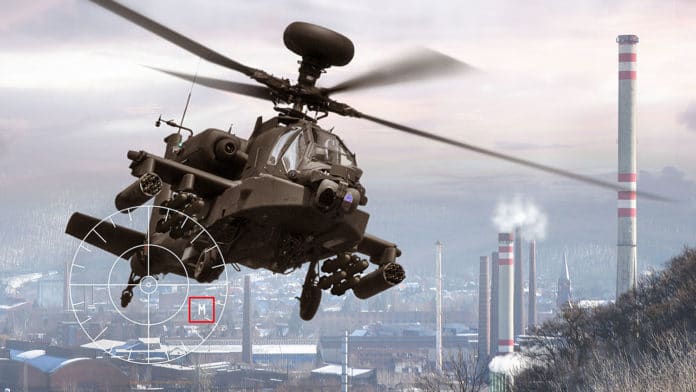BAE Systems received $179 million in total awards from the U.S. Army for the next-generation Missile Warning System (MWS). As part of the Limited Interim Missile Warning System (LIMWS) Quick Reaction Capability (QRC) program, the MWS is designed to provide aircrews with advanced threat detection capabilities, improving survivability and mission effectiveness in contested environments.
The new BAE LIMWS is based on the company’s 2-Color Advanced Warning System (2CAWS) processor, which will allow the Army to outpace the threat. The 2CAWS features an open system processor, two-color infrared sensors for increased range, and a fiber optic A-kit for faster data transmission. It provides high-bandwidth digital processing capacity combined with advanced machine learning missile warning algorithms required to minimize false positives in high-clutter situations.
The LIMWS is designed to be compatible with the size, weight, and power of existing U.S. Army aircraft survivability equipment, including pilot interfaces and countermeasure systems, allowing for accelerated installation and integration timelines.
“Threats are evolving and proliferating at a rapid pace, and our aircrews who fly into harm’s way need the most advanced protection systems available,” said Chris Austin, director of Threat Detection Solutions at BAE Systems. “These orders follow an intensive two-year development and qualification program, made possible by a strong industry-government partnership focused on achieving an aggressive schedule.”
Work is currently underway to start testing prototypes built on specific types of machines. BAE Systems plans that the first helicopters equipped with LIMWS will go to U.S. Army linear units in the first quarter of 2021.
